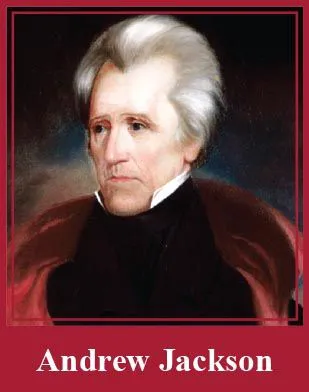
eBook - ePub
American History 1
This is a test
Partager le livre
- 4 pages
- English
- ePUB (adapté aux mobiles)
- Disponible sur iOS et Android
eBook - ePub
American History 1
Détails du livre
Aperçu du livre
Table des matières
Citations
À propos de ce livre
Prepare for your history exams or learn more about key events in American history with BarCharts' updated and expanded American History 1 QuickStudy® guide. Detailing the discovery and settlement of the New World up through the Civil War and Reconstruction, this guide features timelines grouped by historical theme to give you a concise outline of major events in American history through multiple perspectives.
Foire aux questions
Comment puis-je résilier mon abonnement ?
Il vous suffit de vous rendre dans la section compte dans paramètres et de cliquer sur « Résilier l’abonnement ». C’est aussi simple que cela ! Une fois que vous aurez résilié votre abonnement, il restera actif pour le reste de la période pour laquelle vous avez payé. Découvrez-en plus ici.
Puis-je / comment puis-je télécharger des livres ?
Pour le moment, tous nos livres en format ePub adaptés aux mobiles peuvent être téléchargés via l’application. La plupart de nos PDF sont également disponibles en téléchargement et les autres seront téléchargeables très prochainement. Découvrez-en plus ici.
Quelle est la différence entre les formules tarifaires ?
Les deux abonnements vous donnent un accès complet à la bibliothèque et à toutes les fonctionnalités de Perlego. Les seules différences sont les tarifs ainsi que la période d’abonnement : avec l’abonnement annuel, vous économiserez environ 30 % par rapport à 12 mois d’abonnement mensuel.
Qu’est-ce que Perlego ?
Nous sommes un service d’abonnement à des ouvrages universitaires en ligne, où vous pouvez accéder à toute une bibliothèque pour un prix inférieur à celui d’un seul livre par mois. Avec plus d’un million de livres sur plus de 1 000 sujets, nous avons ce qu’il vous faut ! Découvrez-en plus ici.
Prenez-vous en charge la synthèse vocale ?
Recherchez le symbole Écouter sur votre prochain livre pour voir si vous pouvez l’écouter. L’outil Écouter lit le texte à haute voix pour vous, en surlignant le passage qui est en cours de lecture. Vous pouvez le mettre sur pause, l’accélérer ou le ralentir. Découvrez-en plus ici.
Est-ce que American History 1 est un PDF/ePUB en ligne ?
Oui, vous pouvez accéder à American History 1 par en format PDF et/ou ePUB ainsi qu’à d’autres livres populaires dans Histoire et Histoire du monde. Nous disposons de plus d’un million d’ouvrages à découvrir dans notre catalogue.
Informations
Sujet
HistoireSous-sujet
Histoire du monde
The Age of Jackson, 1824–1848
| 1824 |
|
| 1825 |
|
| 1826 | The disappearance and presumed murder of apostate Freemason William Morgan touches off an anti- Mason movement.
|
| 1828 | 
|
| 1829 | President Jackson begins the so-called spoils system of appointing federal officials.
|
| 1830 |
|
| 1831 |
|
| 1832 |
|
| 1833 |
|
| 1834 | Anti-Jackson forces coalesce into the Whig Party. |
| 1835 |
|
| 1836 | 
|
| 1837 |
|
| 1838 | The Trail of Tears begins, leading to the deaths of more than 4,000 Indians forcibly removed westward. |
| 1839 | The Panic of 1839 plunges an already weak economy into a deep recession lasting until 1843. |
| 1840 | Mimicking Democrat tactics, Whig William Henry Harrison (OH) ... |